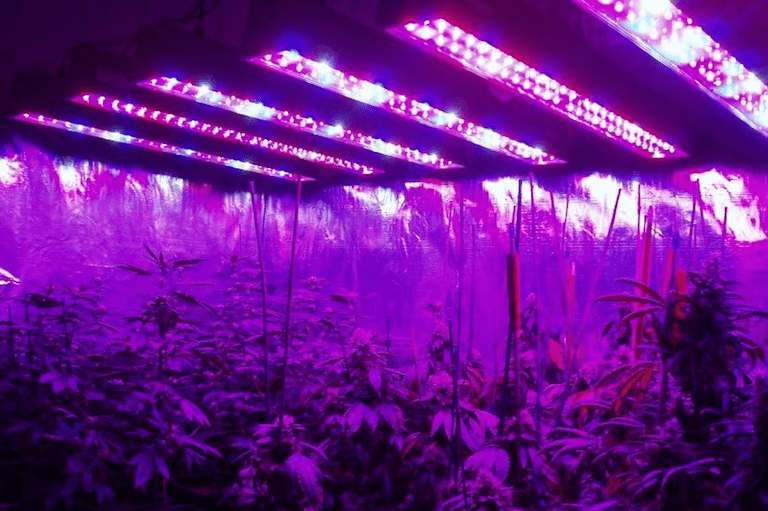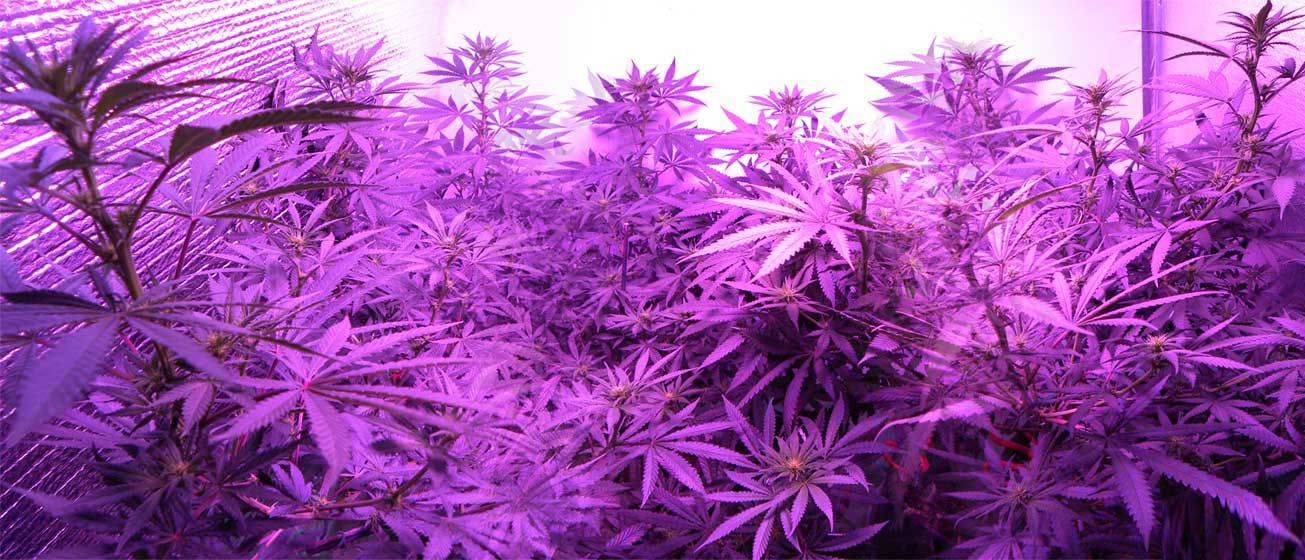There are dozens of different models and brands on the Internet, it is easy to get lost when looking for indoor grow lights. How to choose LED grow lights? This article will explain everything you need to know about power, spectrum, etc.
The first question to ask yourself before buying a grow light is:
Before choosing LED lights, what do I want to grow?
If the plants you want to grow are blooming (marijuana, tomatoes, cucumbers, etc.): You will need a full-spectrum LED light that can provide full-spectrum light and provide 2 options: vegetative growth and flowering.
If you want to grow a plant to consume leaves (salad, karl, basil, etc.): you will only need LED lights for vegetative growth.

General rules of thumb for LED/LED indoor plant lights:
For factories with high light requirements (tomatoes, hemp, etc.), 32 watts per square foot are required (the general rule is that you need at least 32W of actual wattage (AC: actual power) if the plant you grow has a very high demand for light High, then the hemp production per square foot can reach up to 75W/square foot, or even higher.
For plants that require less light (lettuce, herbs), 11-18 watts per square foot are required
So, for example, if you plant a plant with a high demand for light in a 4-foot by 4-foot tent: 4′x 4′=16′², then 16 square feet multiplied by 32W: 16 x 32 = 512W, therefore, To grow optimally in a 4'x 4'tent, you can choose a grow light of 512W (actual power). To
Real power (in watts) and the power indicated on the LED / LED light:

The power marked on the LED light (Watts):
The wattage indicated on the LED is a simple marketing technique. It is a trick to make LED lights look more powerful than their competitors (HPS, CFL, etc.) at the same price. This number is obtained by multiplying the number of diodes by its "theoretical maximum power". For example: an LED lamp with 140 5-watt diodes (140×5) will be advertised as a 700-watt lamp.
The actual power of the LED lamp (Watts):
This is the number you should pay attention to when preparing to set. The true power of the LED lamp can be found in the product specifications. Search for one of the following words: power output, actual power, power consumption or output power, energy consumption or active power.
For example, an LED lamp displayed at 700 watts may actually have a true power (watts) of 315 watts. The reason is that LED lights never run at full capacity, which makes them generate less heat, consume less power, and have a longer life than most lights that are turned on. Market (over 10 years).























